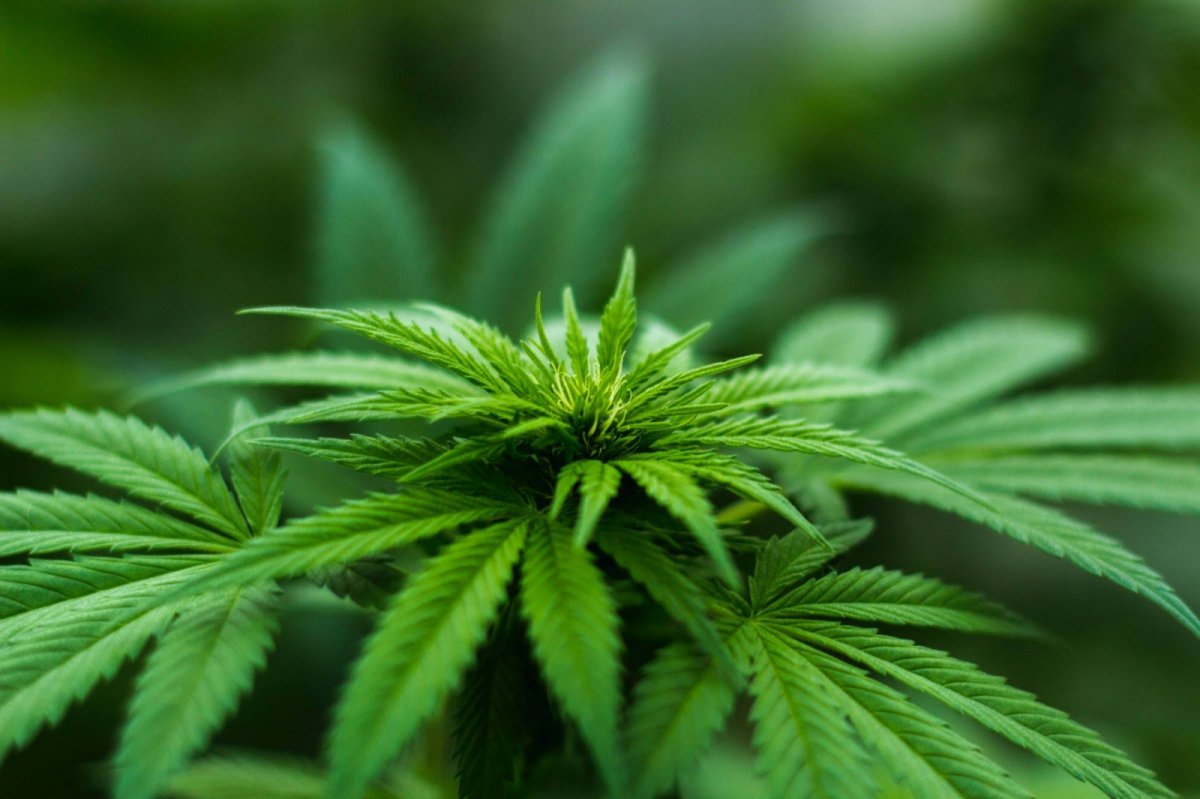News release
From:
Association of Cannabis Use During Adolescence With Neurodevelopment
What The Study Did: Researchers examined to what extent cannabis use is associated with thickness in brain areas measured by magnetic resonance imaging in a study of adolescents.
Attachments
Note: Not all attachments are visible to the general public. Research URLs will go live after the embargo ends.

Journal/
conference: JAMA Psychiatry
conference: JAMA Psychiatry
Research:Paper
Organisation/s:
University of Vermont Larner College of Medicine, USA
Funder:
This work received support
from the following sources: the European
Union-funded FP6 Integrated Project IMAGEN
(Reinforcement-related behaviour in normal brain
function and psychopathology)
(LSHM-CT-2007-037286), the Horizon
2020-funded ERC Advanced Grant STRATIFY
(brain network based stratification of
reinforcement-related disorders) (695313), Human
Brain Project (HBP SGA 2, 785907, and HBP SGA 3,
945539), the Medical Research Council Grant “c-VEDA” (Consortium on Vulnerability to
Externalizing Disorders and Addictions) (MR/
N000390/1), the NIH (R01DA049238, A
decentralized macro and micro
gene-by-environment interaction analysis of
substance use behavior and its brain biomarkers),
the National Institute for Health Research (NIHR)
Biomedical Research Centre at South London and
Maudsley National Health Service Foundation Trust
and King’s College London, the
Bundesministeriumfür Bildung und Forschung
(BMBF grants 01GS08152; 01EV0711;
Forschungsnetz AERIAL 01EE1406A, 01EE1406B;
Forschungsnetz IMAC-Mind 01GL1745B), the
Deutsche Forschungsgemeinschaft (DFG grants SM
80/7-2, SFB 940, TRR 265, NE 1383/14-1), the
Medical Research Foundation and Medical Research
Council (grants MR/R00465X/1 and MR/S020306/
1), and the NIH-funded ENIGMA (grants
5U54EB020403-05 and 1R56AG058854-01).
Further support was provided by grants from the
Agence Nationale de la Recherche
(ANR-12-SAMA-0004, AAPG2019 – GeBra), the
Eranet Neuron (AF12-NEUR0008-01–WM2NA; and
ANR-18-NEUR00002-01–ADORe), the Fondation
de France (00081242), the Fondation pour la
Recherche Médicale (DPA20140629802), the
Mission Interministérielle de
Lutte-contre-les-Drogues-et-les-Conduites-Addictives
(MILDECA), the
Assistance-Publique-Hôpitaux-de-Paris and
INSERM (interface grant), Paris Sud University IDEX
2012, the Fondation de l’Avenir (grant
AP-RM-17-013), the Fédération pour la Recherche
sur le Cerveau, the NIH, Science Foundation Ireland
(16/ERCD/3797), NIMH (Axon, Testosterone and
Mental Health during Adolescence; R01
MH085772-01A1), and by NIH Consortium grant
U54 EB020403, supported by a cross-NIH alliance
that funds Big Data to Knowledge Centres of
Excellence. ImagenPathways “Understanding the
Interplay between Cultural, Biological and
Subjective Factors in Drug Use Pathways” is a
collaborative project supported by the European
Research Area Network on Illicit Drugs (ERANID).
This study is based on independent research
commissioned and funded in England by the NIHR
Policy Research Programme (project ref.
PR-ST-0416-10001). Dr Albaugh is supported by
grant K08 MH121654-01A1 from NIMH and a
NARSAD Young Investigator Grant from the Brain
and Behavior Research Foundation.



 International
International


